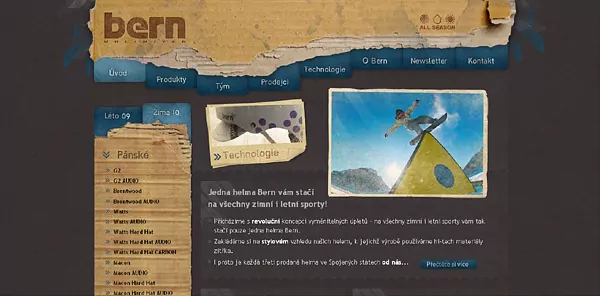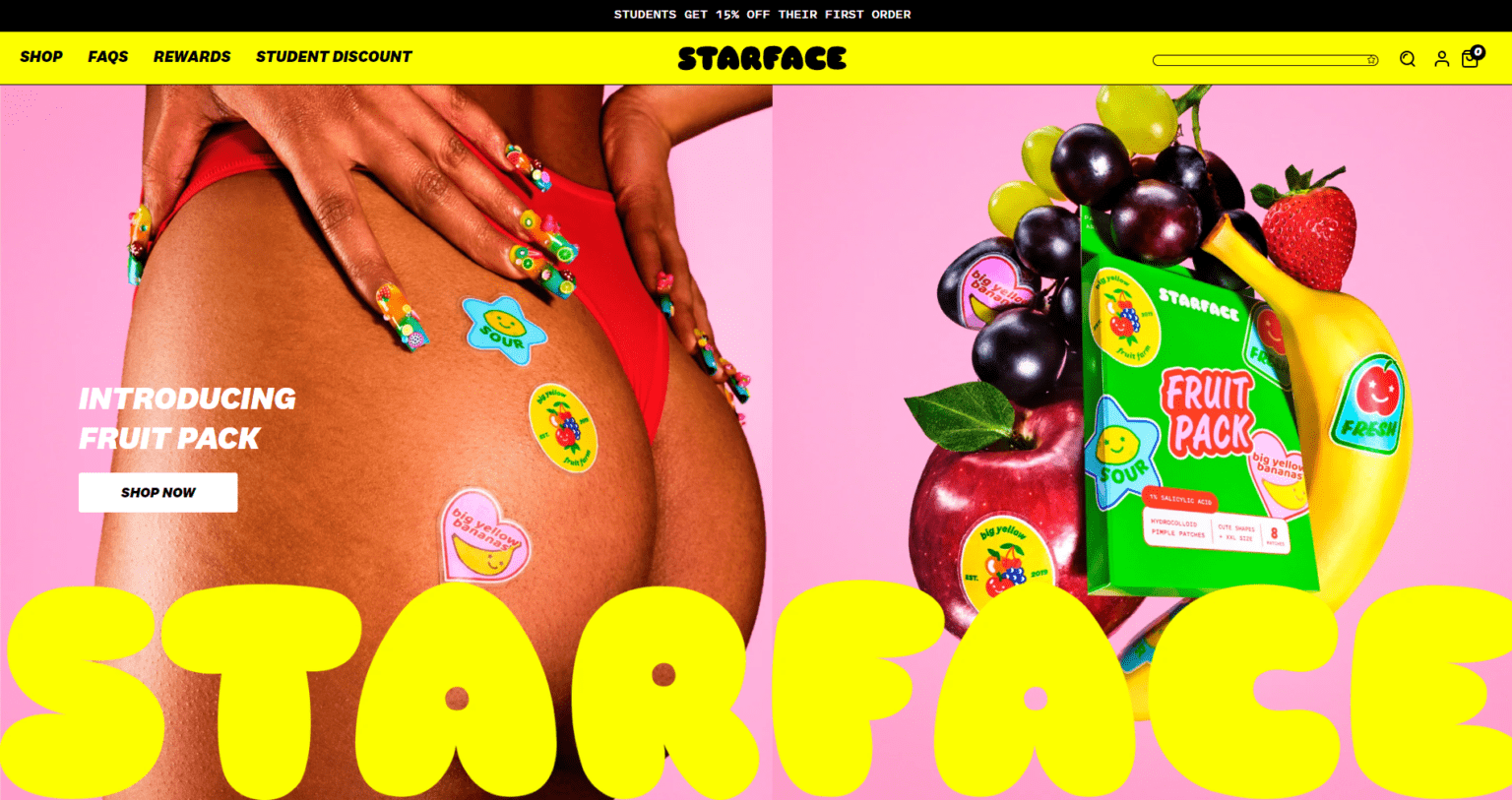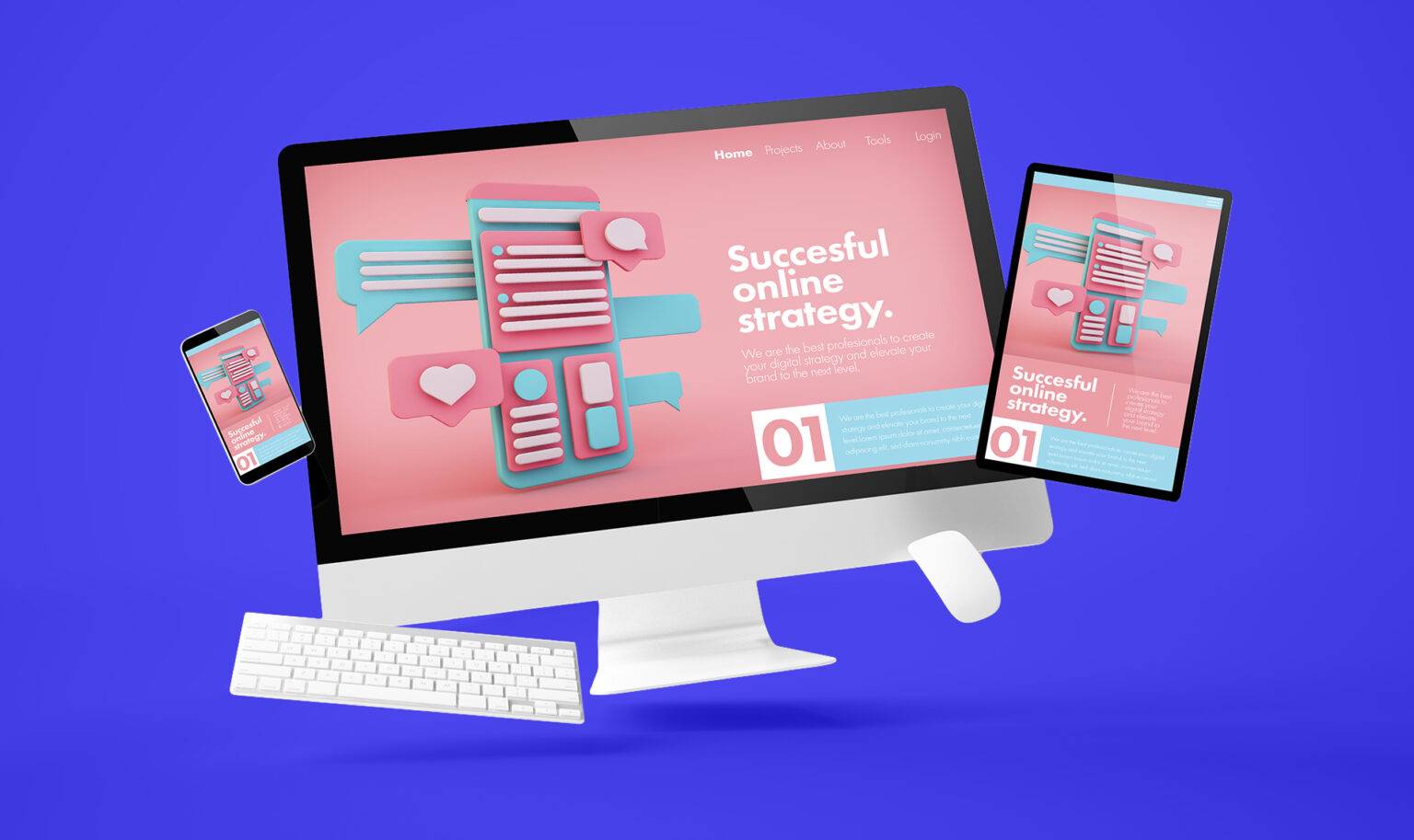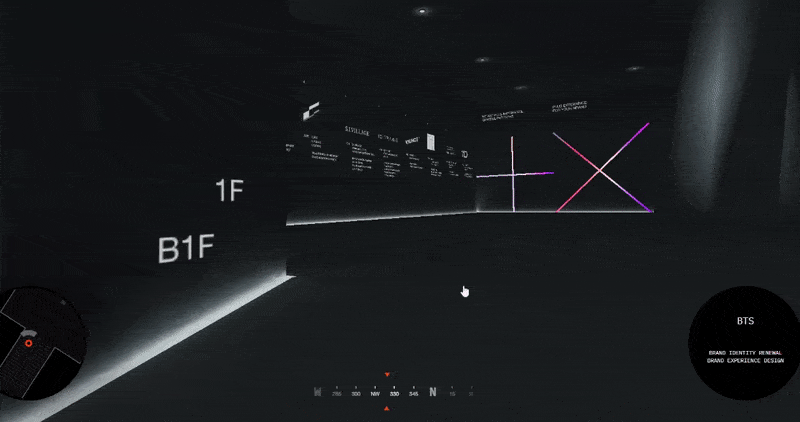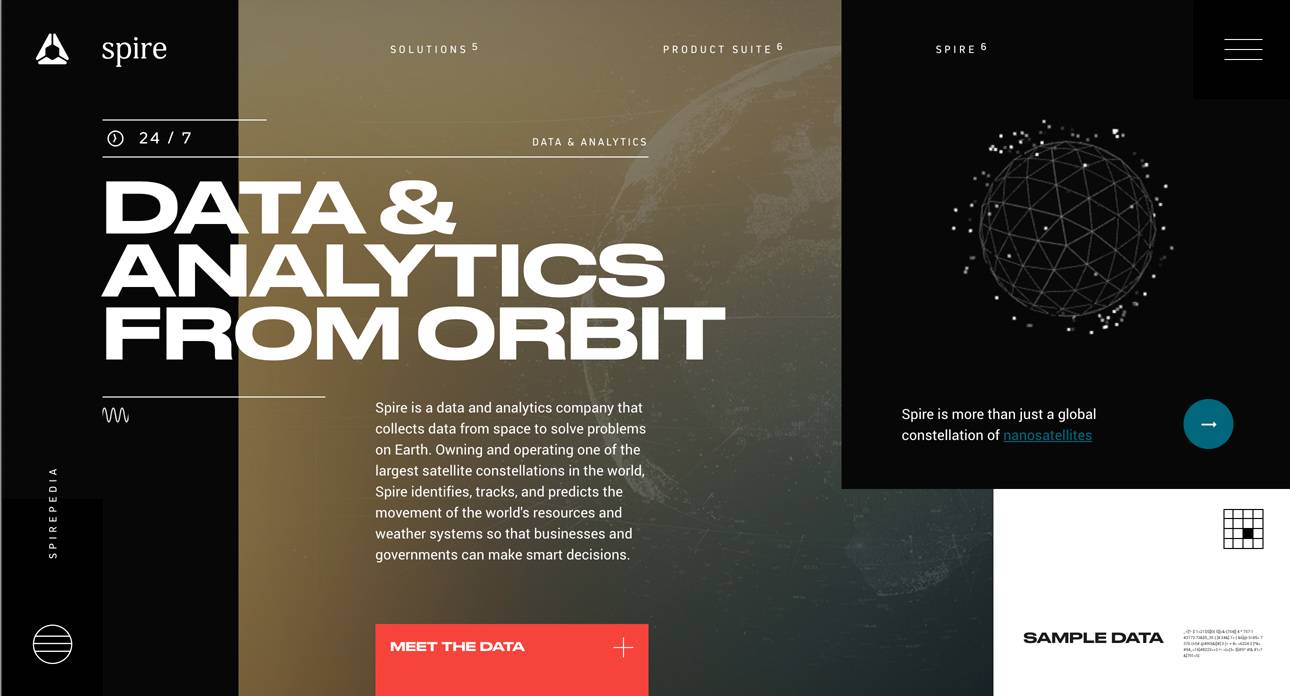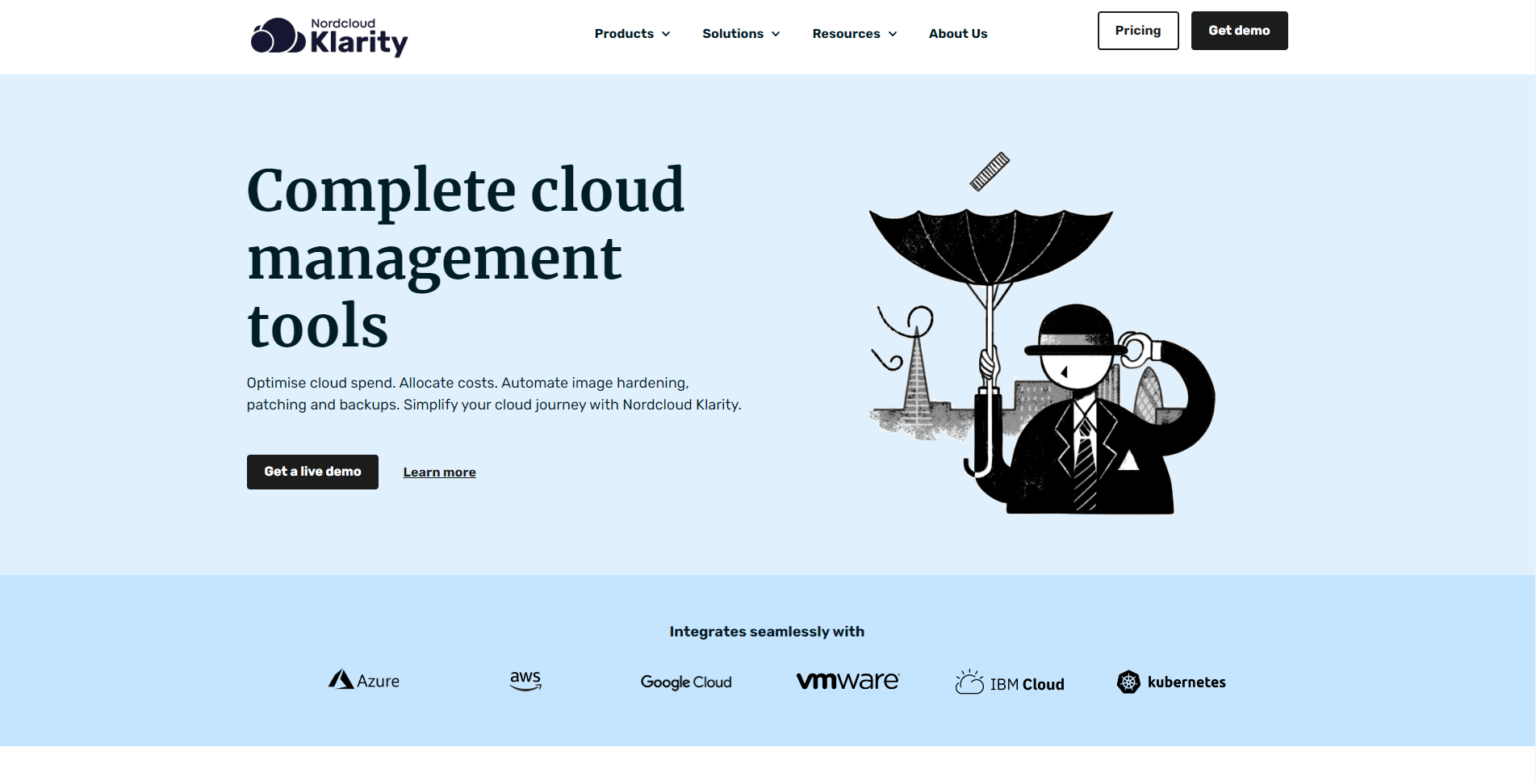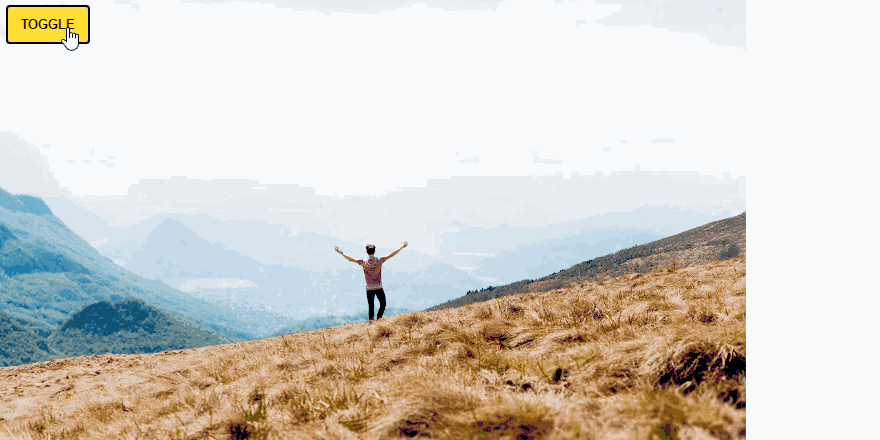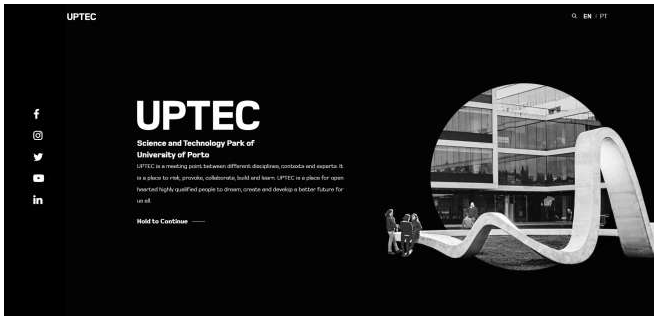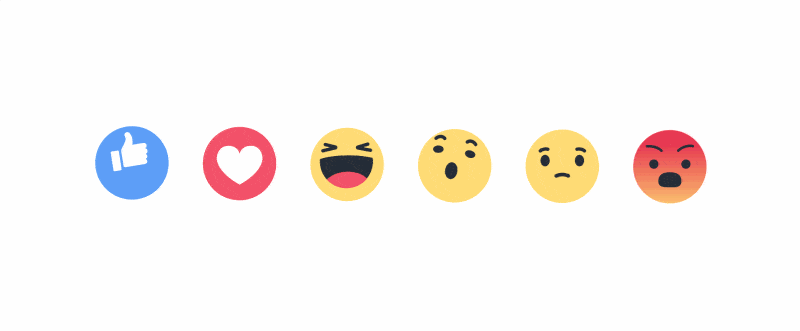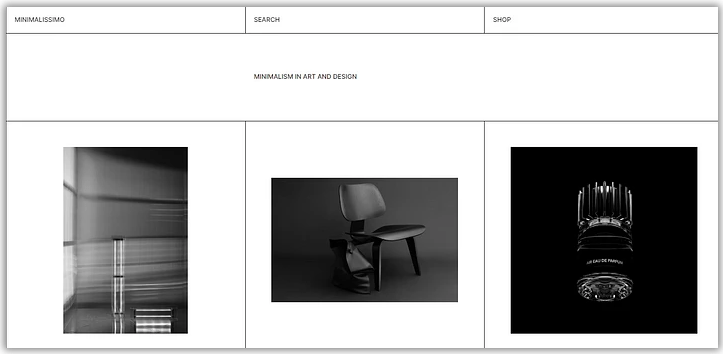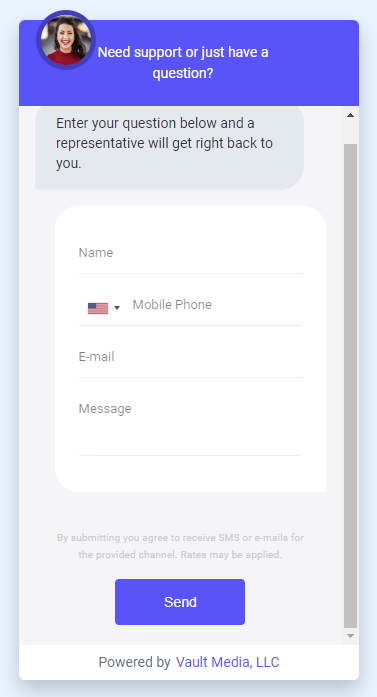The Internet has advanced significantly since its birth, and this has influenced the way technology is used and how it affects society. Creating web experiences that are both beautiful and responsible is now the focus. Designers are now experimenting with a new approach to providing sustainable and ethical design.
In order to build more immersive, dynamic, and engaging web experiences, designers have been increasingly experimenting with cutting-edge technologies like artificial intelligence (AI), virtual reality (VR), and augmented reality (AR), over the past few years. The incorporation of voice and natural language processing (NLP) is one of the more noticeable trends, along with the rising usage of 3D design and animation.
Web design trends for 2023 have adapted to this ever-changing digital landscape. Designers are putting more emphasis on ethical design and sustainability, as they look for innovative ways to produce stunning and responsive digital experiences. While some trends offer new experiences, there are also some trends that stand the test of time.
Let’s take a look at some of the new and not-so-new trends of 2023.
What’s New for Web Design in 2023?
Technology evolves quickly, and web design trends are no exception. Design components and website features that were once cutting-edge and novel may now appear dated, overused, or clichéd. So, consider these for web design which can keep your creations fresh and up to date.
Web Accessibility – Breaking the Barriers
More than trends, one of the biggest factors to consider in web designing is the demand for accessible designs. On March 18, 2022, a set of guidelines was published by the U.S. Department of Justice on website accessibility. Some of the features that were added to the web designs include focus indicators, labels and instructions with form fields, and captions on embedded videos This aims to make it easier for people with disability to understand information and navigate a website’s user interface.
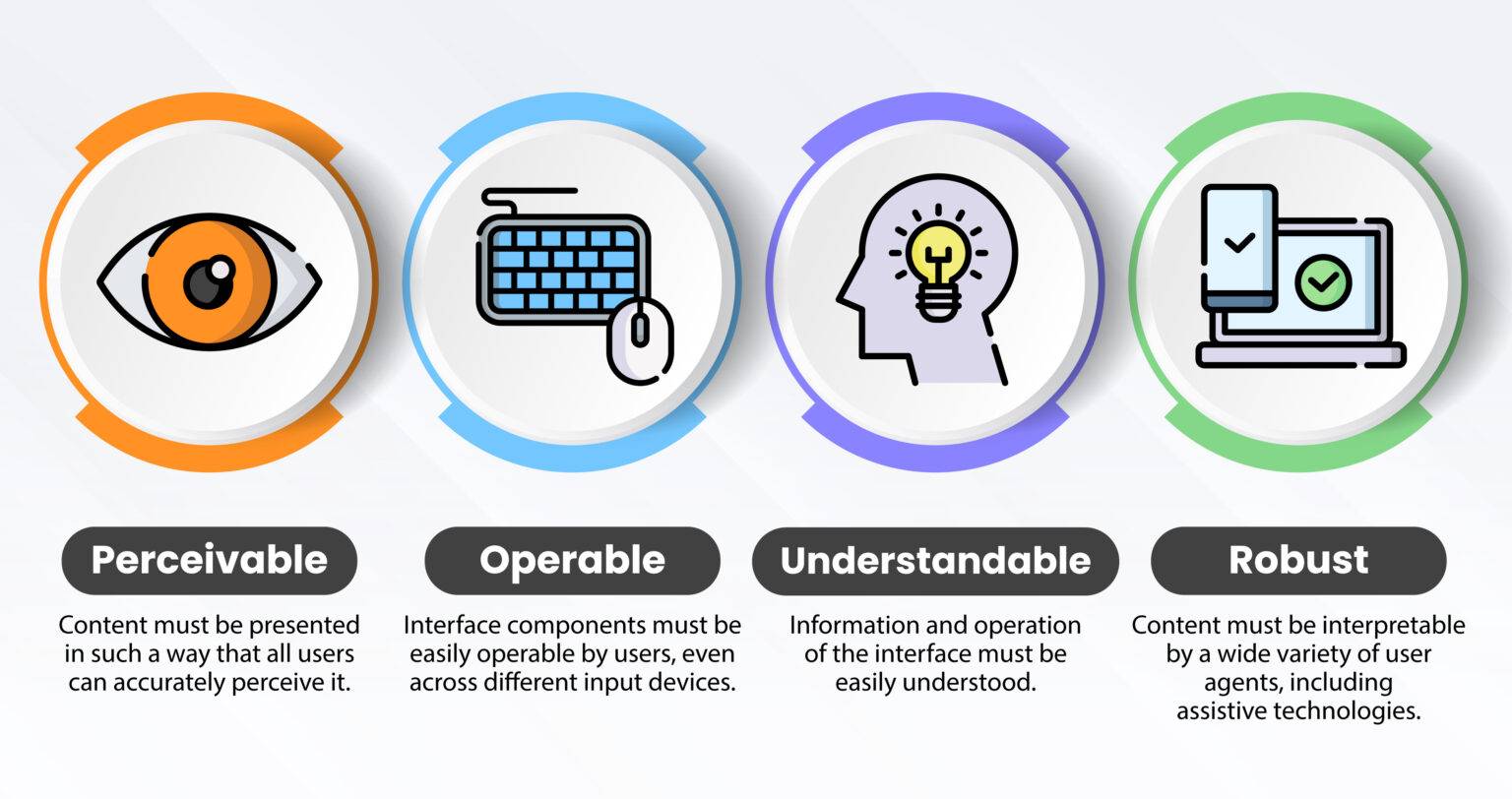
Nostalgia – A Blast From The Past
Covid-19 lockdowns have jump-started the nostalgia trend. Due to safety protocols, some people are prevented from visiting family members, being with friends, or going out with colleagues. Even just the usual catch-up chat with your neighbor during a morning jog was restricted. This made people reminisce about the good old days. It made people want to go back to the most basic form of socializing. Everyone craved the feeling of how simple life was. Adding the nostalgia effect in a web design creates an instant relationship with customers that warms the heart and soul. It is both powerful and meaningful.
One way of doing this is by recreating the tangible experience of flipping through an old DIY scrapbook. Webpages use cut-and-paste collages, sticker graphics, and handwritten drawings, and incorporate them into their digital designs. It is a perfect combination of the physical aspect with the technological advances of the modern world.
Typography – Conquering the Classic
Breaking the rules and defying conventions are key components of this newest trend in web design. Designers are now adopting maximalism, customizing every component of a web page to produce a genuinely one-of-a-kind and immersive experience, rather than depending on simple, minimalist design.
A rejection of white space and a desire to experiment with large font, flashing graphics, and strong, expressive colors define this approach. Maximalist web design promotes engagement and enjoyment over easy navigation, encouraging visitors to explore, and discover the page’s different aspects.
With dynamic backgrounds, and adding a sense of dynamism and movement, the end result is a web experience that is both rebellious and expressive.
Organic Shapes – Asymmetrical Symmetry
In 2020, geometric designs were widely used in website design, but in 2023, organic shapes rule. Something that lacks straight lines is considered to have an organic or flowing shape. Consider the uneven and twisting shapes found in nature, such as hills, mountains, and the borders of a river.
Organic shapes or asymmetrical layouts eliminate the classic square and rectangle grid that has been used in the past. The features in the design are still balanced and appealing to the eye despite the fact that the layout does not have two identical sides. As visitors have no idea what they will see next, this heightens the sense of anticipation.
Mobile Navigation – It’s Thumb Friendly
With the popularity of mobile phones, websites are now gearing towards mobile-compatible design, creating thumb-friendly websites.
With how people use their phones, the fingers are wrapped around the mobile, and the thumb is performing every task. Thus, buttons, icons, menus, and navigation bars on a website are designed to make it easier for the user’s thumb to access. This makes it more comfortable to go through the webpage.
Augmented Reality (AR) and Virtual Reality (VR) – Bringing life to Digital Space
Augmented Reality is a technique that links digital visuals or content to the physical world. It gives users a unique experience by providing them with real-time information via remote product visualization. This is almost the same as the mixed reality game Pokémon Go which gained popularity in 2016.
Virtual Reality gives an immersive 3D world in the digital space. It gives users the impression that they are somewhere else. It also gives the ability to move around the virtual space.
In two comparable but fundamentally different methods, VR and AR set out to accomplish two separate goals. Although AR enhances your environment by adding computer-generated components that would not otherwise be there, VR replaces reality with something new and immersive. VR removes the user from their surroundings, AR keeps them where they are while allowing them to view and occasionally interact with digital objects.
These two technologies enable the user to interact and experience products and designs in ways that weren’t before conceivable. Marketing and consumer acceptance of new products can both benefit from establishing a compelling, personalized experience.
Micro Animations – Animated Product Reveals
Micro animations, sometimes called hover animations provide dimension to a web designs by giving page content, one personality, or something people can relate to on an emotional level. Also, it can direct users on how to use websites.
In 2023, web designers are taking simple hover animations to the next level , by turning ordinary pages into extraordinary product reveals. It gives users a more dynamic view of the item and improves user experience.
Custom Illustration – The Gift of Imperfection
Nowadays, websites make use of stock photos or graphics. While being inexpensive, these choices dilute the brand’s message because the images are not exclusive to the product, service, or company.
Free-hand custom illustration is now dominating web designs as this gives a playful themes, enhances originality, and builds a connection with their audience by tapping into the emotional aspect that nothing is perfect.
With the use of unique images, a brand’s identity can come together around a common viewpoint and personality. They assist brands in enduringly telling their narrative to consumers, and communicating with them on an intuitive level.
Parallax Zoom Scrolling – The Power of Optical Illusion
Parallax scrolling happens when the various elements of a page move at different rates. In games like Super Mario Bros, the background moves slower while the main character moves at a normal speed. This creates an optical illusion of depth and dimension.
Parallax scrolling effect became popular as a new and exciting web design trend in 2011 and from then, it continues to provide immersive experiences to the viewers and visitors of a webpage. In today’s era, the parallax effect takes a step further with the zoom effect. With this, it gives the feature of zooming in on the image as one scroll through the webpage.
What Web Design Trends Are Not So New in 2023?
There will always be some trends that will stand the test of time and establish themselves as fundamental web design that is here to stay.
Dark Mode – The Lighting Power of Black
Dark Mode was a default feature on desktop computers in the 1970s, but lost its popularity when the white background became more eminent. And today, it is again a dominating trend of web design.
Dark mode helps reduce eye strain, which makes it conducive to spending more time looking at the screen. At the same time, it gives aesthetic design and the ability to draw attention to other design aspects by simply darkening the items around it. Furthermore, it is an economical way of saving battery life for mobile phones.
Micro Interaction – Small but Delightful
Micro Interactions are small animations that appear when you click on a button. A link on your website, for instance, might change color as a user hovers their mouse over it to indicate that they can click on it. In social media, people communicate their feelings with animated emoticons, GIFs, and stickers. The website can be made more enjoyable using the same method.
Minimalist Design – A Sophisticated Appeal
Every user is unique, and every preference is different. While there is a trend for typography rebellion, minimalism is not just a web design trend but also a clever psychological ploy.
Minimalism gives a classy look to a webpage and boosts user capacity for decision-making. Users tend to act more quickly when there are fewer options available.
Chatbots – All About Service
One of the most well-liked web design trends for a few years and continues to be significant for 2023 is chatbots. People are currently trying to increase the interactivity and intelligence of their online chat and support processes. Web designers use chatbots that are very intelligent and customized to answer service requests made over the website.
White Space – Let the Designs Breathe
White space or negative space is the area between elements. It does not necessarily need the space to be white, as long as it is clear or empty.
Giving your content space to breathe, while not squeezing it too tightly onto the screen, is the whole point of white space. Your website’s visitors will enjoy themselves more, the information will be easier to spot, and improve clarity.
The Bottom Line
The technological revolution and the shifting social and economic environment are reflected in 2023 web design trends. Users can expect to see more creative, immersive, and interesting web experiences in the years to come as designers continue to push the boundaries.
It is important to keep in mind that web design trends are always changing, old trends can be a part of the new trend and new trends could fade away in time. For this, being familiar with what currently works and what’s in demand is a must. Web design is the face of the business online, and this is a big factor to consider in building brand identity.

Max Fisch is the founder of Vault Media.

